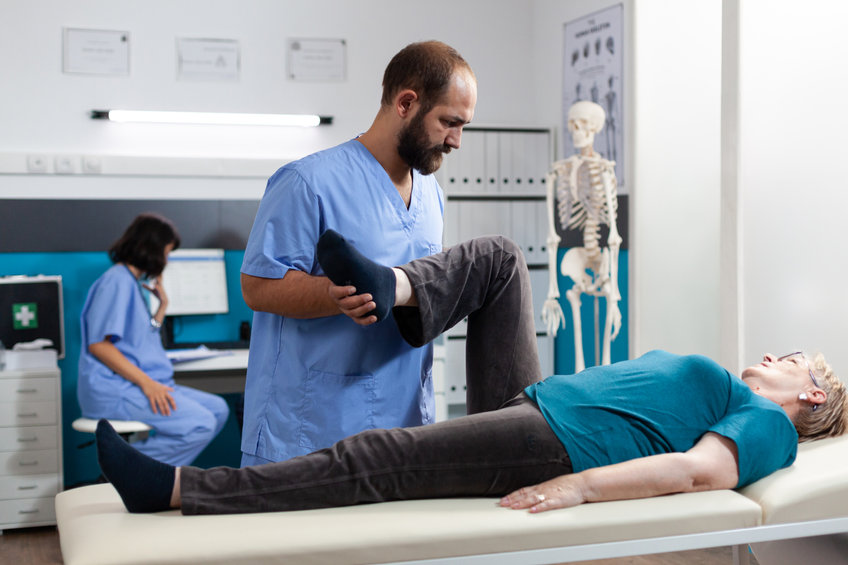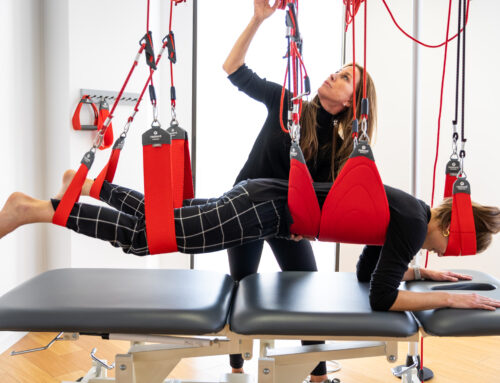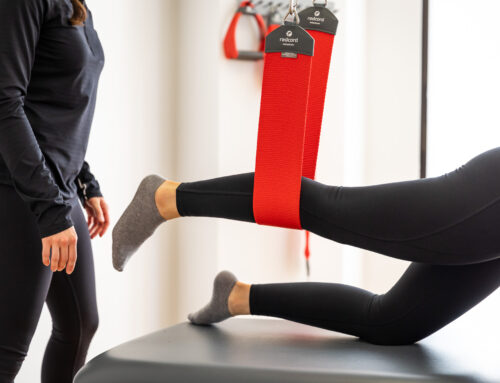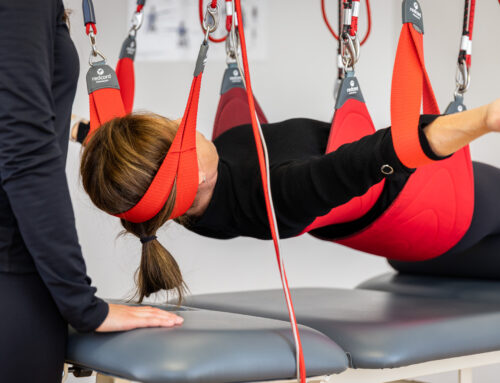Background. Exercise benefits patients with chronic nonspecific low back pain; however, the most effective type of exercise remains unknown.
Objective. This study compared outcomes after motor control exercises, sling exercises, and general exercises for low back pain.
Design. This was a randomized controlled trial with 1-year follow-up. Setting. The study was conducted in a primary care setting in Norway.
Patients. The participants were patients with chronic nonspecific low back pain (n_109). Interventions. The interventions in this study were low-load motor control exercises, high-load sling exercises, or general exercises, all delivered by experienced physical therapists, once a week for 8weeks.
Measurements. The primary outcome measure was pain reported on the Numeric Pain Rating Scale after treatment and at a 1-year follow-up. Secondary outcome measures were self-reported activity limitation (assessed with the Oswestry Disability Index), clinically examined function (assessed with the Fingertip-to-Floor Test), and fear-avoidance beliefs after intervention.
Results. The postintervention assessment showed no significant differences among groups with respect to pain (overall group difference) or any of the outcome measures. Mean (95% confidence interval) group differences for pain reduction after treatment and after 1 year were 0.3 (_0.7 to 1.3) and 0.4 (_0.7 to 1.4) for motor control exercises versus sling exercises, 0.7 (_0.6 to 2.0) and 0.3 (_0.8 to 1.4) for sling exercises versus general exercises, and 1.0 (_0.1 to 2.0) and 0.7 (_0.3 to 1.7) for motor control exercises versus general exercises.
Limitations. The nature of the interventions made blinding impossible. Conclusions. This study gave no evidence that 8 treatments with individually instructed motor control exercises or sling exercises were superior to general exercises for chronic low back pain.





